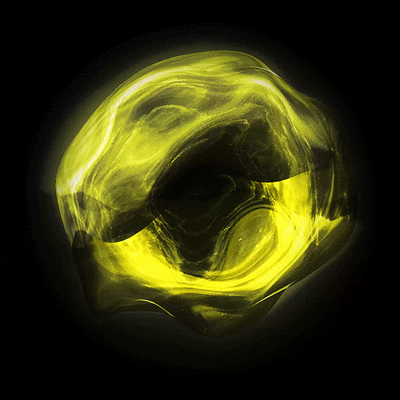
These days, everything that happens online can be tracked. (Thank you JavaScript.) In Part 2 of this series, we’ll show you how to tackle reporting by laying the foundations early, giving you a detailed view of campaign impact from the first click.
CATEGORISE THE TYPES OF ACTIONS YOU WANT TO MEASURE
In Part 1, we covered the fundamental campaign measurement principle: The goal you want to achieve determines what you need to measure. But naturally, different objectives need different measurement approaches.
PAGE VIEWS
When it comes to website tracking, page views are your basic go-to. This could be a specific page on your website with key content, the initial step on the path to purchase, or even a thank-you page after an action.
CLICKS
Tracking every click is unnecessary – you’ll end up overloaded with data. Instead, look for those that have a clear connection to your goals: ecommerce purchases, a contact us button, form submissions, call to action buttons or outbound clicks.
TIME
Measuring time spent on a page can provide a powerful insight, especially when the page has valuable content. You can even measure scrolling distance and analyse whether the majority of users are scrolling down a precise percentage. But a word to the wise, a common mistake with time-on-site is assuming that longer time on site equals quality engagement. Sometimes longer time means the user can’t what find what they want, which impacts negatively on conversion to your goals.
Looking for more info about conversion tracking options? Google Ads has a deep repository of guides to help you get the most out of your analytics.
HOW TO IMPLEMENT YOUR CONVERSION TRACKING
Implementing and testing tracking ahead of your campaign involves a slightly technical set up — you need to place some JavaScript code or tracking pixel into the elements of your website you want to track. The good news is, you don’t need to be a developer to do this. There are several tag-based container platforms like Google Tag Manager, Tealium IQ or Adobe Dynamic Tag Management that only require some initial work. Once this is done, you’ll be able to manipulate and deploy tracking pixels through tags, triggers and variables, without having to touch the base code of the website.
Although these platforms are particularly helpful for non-techie people, if you need a complex tracking structure, we recommend getting a great digital and agency’s advice – we’d love to help if you need it.
VISUALISE THE DATA IN A WAY THAT’S EASY TO INTERPRET
Once your campaigns launch, your tracking pixels (or tags) push all collected data into the analytics platform of your choice. So how will you define your techniques for analysis? There are hundreds of reporting solutions in the market that can help with visualisation, or you can download the data directly and make your own visualisation model on a spreadsheet. Regardless of how you choose to do it, don’t forget to include every conversion point identified in your measurement plan and regularly compare them against your targets.
To finish with some more words of wisdom from Yoda, do you need to unlearn what you have learned? Or are you well on track to mastery? We’d love to hear from you about your experiences, successes and of course, failures. Because as our little green friend also said, “The greatest teacher, failure is.”
Share your thoughts with us at hello@affinity.ad








